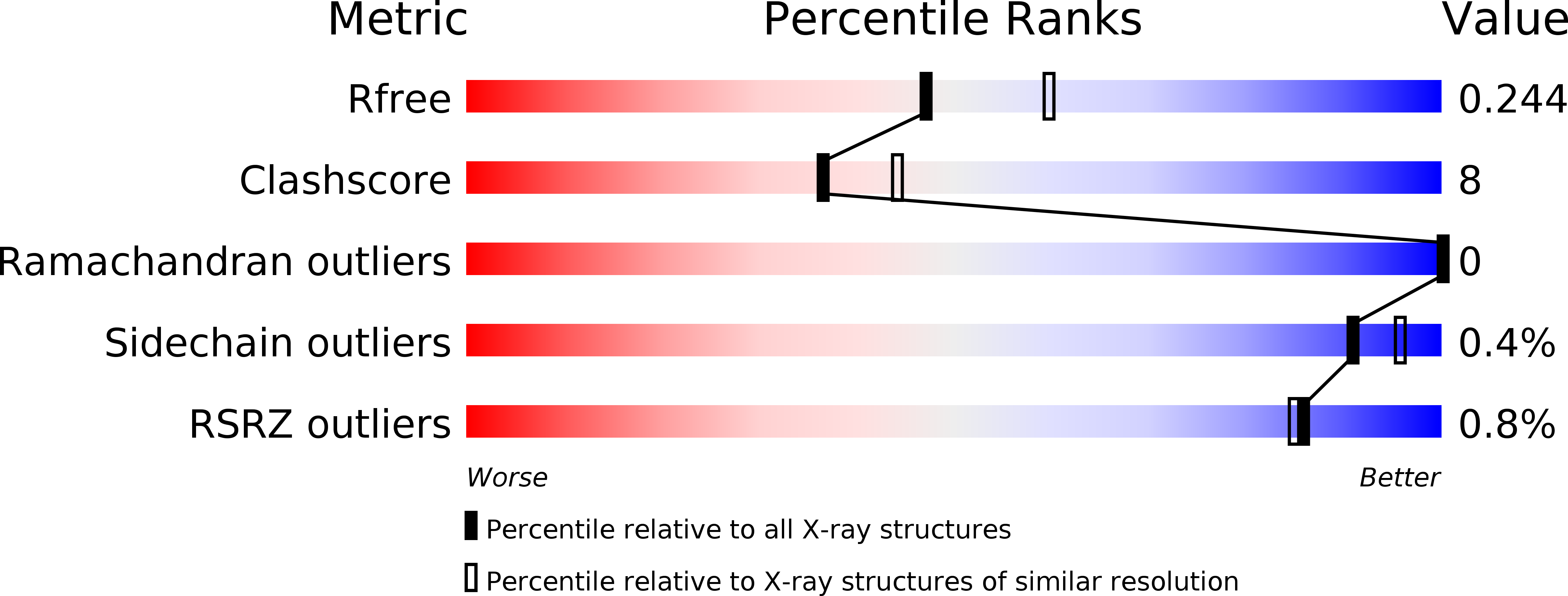
Deposition Date
2012-06-25
Release Date
2013-01-02
Last Version Date
2024-11-20
Entry Detail
PDB ID:
4FQT
Keywords:
Title:
Structure of AgamOBP1 Bound to 6-methyl-5-hepten-2-one
Biological Source:
Source Organism:
Anopheles gambiae (Taxon ID: 180454)
Host Organism:
Method Details:
Experimental Method:
Resolution:
2.20 Å
R-Value Free:
0.23
R-Value Work:
0.18
R-Value Observed:
0.18
Space Group:
P 1 21 1


